Home>Gardening & Outdoor>Pool & Spa Care>How To Add Hot Tub Chemicals
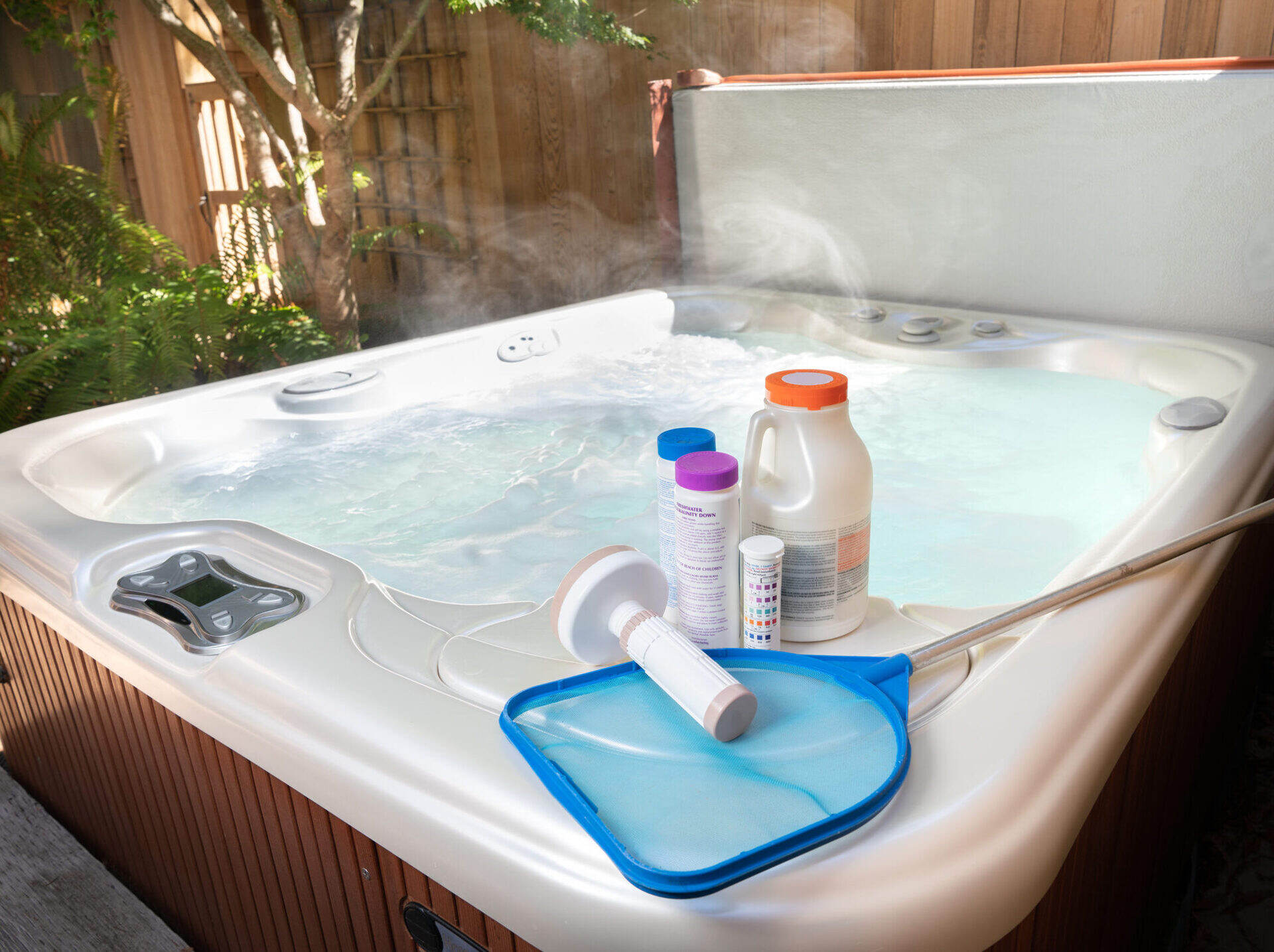

Pool & Spa Care
How To Add Hot Tub Chemicals
Modified: February 25, 2024
Learn how to add hot tub chemicals for proper pool and spa care. Follow our step-by-step guide to maintain a clean and safe hot tub.
(Many of the links in this article redirect to a specific reviewed product. Your purchase of these products through affiliate links helps to generate commission for Storables.com, at no extra cost. Learn more)
Introduction
So, you've finally invested in a luxurious hot tub, and you're ready to soak away your stress and worries. But to keep your hot tub water crystal clear and inviting, you need to understand the importance of adding the right chemicals. Proper maintenance of your hot tub not only ensures a safe and enjoyable experience but also prolongs the lifespan of your investment. In this comprehensive guide, we'll delve into the essential steps for adding hot tub chemicals, ensuring that you can relax in a clean and balanced environment every time you take a dip. Let's dive in and explore the world of hot tub chemistry together!
Key Takeaways:
- Keep your hot tub clean and safe by understanding and adding the right chemicals, such as chlorine, pH increaser or decreaser, alkalinity increaser or decreaser, and calcium hardness increaser. Regular testing and safety precautions are essential for a worry-free soaking experience.
- Shock your hot tub regularly to eliminate organic contaminants and maintain water clarity. Follow proper safety precautions, such as wearing protective gear and ensuring proper ventilation, to create a secure environment for chemical maintenance activities.
Read more: How Much Bromine To Add To Hot Tub
Understanding Hot Tub Chemicals
Before you start adding chemicals to your hot tub, it’s crucial to understand the role of each chemical and how it contributes to maintaining a safe and healthy environment for soaking. Here are the primary chemicals you’ll need to familiarize yourself with:
- Chlorine: This is the most common sanitizer used in hot tubs. It effectively eliminates bacteria, algae, and other contaminants, keeping the water safe for use.
- pH Increaser or Decreaser: The pH level indicates the acidity or alkalinity of the water. Maintaining the correct pH range (7.2-7.8) is essential for bather comfort and to prevent equipment corrosion.
- Alkalinity Increaser or Decreaser: Alkalinity acts as a buffer for the pH level, preventing rapid fluctuations. It helps stabilize the water and prevent pH “bounce.”
- Calcium Hardness Increaser: Calcium hardness refers to the amount of dissolved calcium in the water. Proper levels prevent corrosion of the hot tub surfaces and equipment.
- Shock Treatment: This is a powerful oxidizing agent that helps eliminate organic contaminants and “shocks” the water back to a clean and clear state.
By understanding the functions of these chemicals, you’ll be better equipped to maintain a balanced and hygienic hot tub environment for your enjoyment.
Safety Precautions
When working with hot tub chemicals, safety should always be a top priority. Follow these essential precautions to ensure a safe and hassle-free chemical maintenance routine:
- Read the Labels: Before using any hot tub chemicals, carefully read the labels and follow the manufacturer’s instructions. Each chemical has specific usage guidelines that must be adhered to for safe and effective application.
- Protective Gear: Wear protective gear such as gloves and safety goggles when handling chemicals to prevent skin and eye irritation.
- Proper Ventilation: When adding chemicals to your hot tub, ensure that the area is well-ventilated to prevent inhaling fumes. If you’re using granular chemicals, avoid breathing in the dust.
- Storage: Store hot tub chemicals in a cool, dry place away from direct sunlight and moisture. Keep them out of reach of children and pets.
- Handling Spills: In the event of a chemical spill, follow the manufacturer’s instructions for cleanup and disposal. Have a spill kit on hand for quick and effective cleanup.
- Water Testing: Regularly test the hot tub water to ensure that chemical levels are within the recommended ranges. This helps prevent overuse or underuse of chemicals, which can lead to water imbalances and potential hazards.
By adhering to these safety precautions, you can maintain a secure and controlled environment while managing your hot tub chemicals, promoting a worry-free and enjoyable soaking experience for you and your guests.
Testing the Water
Regular testing of your hot tub water is a fundamental aspect of maintaining water balance and ensuring a safe and comfortable soaking experience. Testing kits are readily available and provide accurate measurements for key chemical levels. Here’s a step-by-step guide to testing your hot tub water:
- Frequency: Test the water at least twice a week, and more frequently during periods of heavy usage or extreme weather conditions.
- pH Level: Use a test strip or liquid reagent to measure the pH level of the water. The ideal range for hot tub pH is 7.2-7.8. Adjust the pH as needed using pH increaser or decreaser.
- Chlorine Level: Test the chlorine level to ensure it falls within the recommended range of 3-5 parts per million (ppm) for a hot tub. Add chlorine if the level is low, and adjust as necessary to maintain the proper concentration.
- Alkalinity and Calcium Hardness: Periodically measure the alkalinity and calcium hardness levels to ensure they are within the optimal ranges. Alkalinity should be maintained between 80-120 ppm, while calcium hardness should be in the range of 150-250 ppm.
- Record Keeping: Keep a log of your test results to track trends and make adjustments accordingly. This will help you understand your hot tub’s chemical behavior and make informed decisions about chemical additions.
By diligently testing your hot tub water and making necessary adjustments, you can maintain a well-balanced and inviting environment for relaxation, ensuring that your hot tub remains a safe and enjoyable retreat for you and your loved ones.
Adding Chlorine
Chlorine is a vital component in hot tub maintenance, effectively sanitizing the water and keeping it free from harmful contaminants. Here’s a guide to adding chlorine to your hot tub:
- Choose the Right Form: Chlorine is available in various forms, including granules, tablets, and liquid. Select the form that best suits your preferences and hot tub setup.
- Pre-Dissolving Granular Chlorine: If using granular chlorine, it’s important to pre-dissolve it in a bucket of water before adding it to the hot tub. This prevents the granules from settling on the hot tub surface and causing potential damage.
- Dispensing Tablets: If using chlorine tablets, place them in a floating dispenser or a designated feeder installed in the hot tub. This allows for controlled and consistent release of chlorine into the water.
- Regular Monitoring: Test the chlorine level regularly and adjust the dosage as needed to maintain the recommended range of 3-5 parts per million (ppm) for hot tubs. Factors such as bather load and weather conditions can influence chlorine consumption.
- Shock Treatment: Periodically shock the hot tub with a chlorine-based shock treatment to eliminate organic contaminants and maintain water clarity. Follow the manufacturer’s guidelines for shock treatment frequency and dosage.
By following these steps and maintaining the appropriate chlorine levels, you can ensure that your hot tub water remains clean, safe, and inviting for a rejuvenating soak whenever you desire.
Always add chemicals to your hot tub one at a time, and wait at least 15 minutes between each addition. This will ensure that each chemical has time to dissolve and distribute evenly in the water.
Adding pH Increaser or Decreaser
The pH level of your hot tub water plays a crucial role in maintaining water balance and bather comfort. Here’s a detailed guide on adding pH increaser or decreaser to your hot tub:
- Testing the pH: Begin by testing the pH level of the hot tub water using a reliable test kit. The ideal pH range for hot tubs is 7.2-7.8.
- pH Increaser: If the pH level is below the recommended range, you’ll need to raise it using a pH increaser. Follow the manufacturer’s instructions to add the appropriate amount of increaser to the water.
- pH Decreaser: If the pH level is too high, a pH decreaser is required to bring it back into the optimal range. Carefully add the decreaser as directed to lower the pH to the desired level.
- Proper Mixing: After adding the pH increaser or decreaser, allow the water to circulate for at least 30 minutes to ensure thorough mixing and distribution of the chemical.
- Retest and Adjust: After allowing time for the chemical to disperse, retest the water to confirm that the pH has reached the target range. Make further adjustments if necessary to achieve the ideal pH level.
By effectively managing the pH level of your hot tub water, you can create a comfortable and balanced environment for relaxation, ensuring that your soaking experience is consistently enjoyable and refreshing.
Adding Alkalinity Increaser or Decreaser
Alkalinity serves as a crucial buffer for the pH level in your hot tub water, helping to prevent rapid fluctuations and maintain overall water stability. Here’s a comprehensive guide to adding alkalinity increaser or decreaser to your hot tub:
- Testing Alkalinity: Begin by testing the alkalinity level of the hot tub water using a reliable test kit. The recommended range for hot tub alkalinity is 80-120 parts per million (ppm).
- Alkalinity Increaser: If the alkalinity level is below the optimal range, you’ll need to raise it using an alkalinity increaser. Follow the manufacturer’s instructions to add the appropriate amount of increaser to the water.
- Alkalinity Decreaser: In the event that the alkalinity level is too high, a decreaser is required to lower it to the recommended range. Carefully add the decreaser as directed to achieve the desired alkalinity level.
- Thorough Mixing: After adding the alkalinity increaser or decreaser, allow the water to circulate for at least 30 minutes to ensure proper mixing and distribution of the chemical throughout the hot tub.
- Retest and Adjust: Once the chemical has circulated, retest the water to confirm that the alkalinity has reached the target range. Make further adjustments if necessary to achieve the ideal alkalinity level.
By effectively managing the alkalinity of your hot tub water, you can promote water stability and prevent pH fluctuations, ultimately creating a comfortable and inviting environment for relaxation and rejuvenation.
Adding Calcium Hardness Increaser
Calcium hardness is a critical aspect of water balance in your hot tub, influencing the integrity of the water and the longevity of your hot tub equipment. Here’s a detailed guide to adding calcium hardness increaser to your hot tub:
- Testing Calcium Hardness: Begin by testing the calcium hardness level of the hot tub water using a reliable test kit. The recommended range for hot tub calcium hardness is typically 150-250 parts per million (ppm).
- Assessing the Need: If the calcium hardness level falls below the optimal range, you’ll need to increase it using a calcium hardness increaser. Follow the manufacturer’s instructions to add the appropriate amount of increaser to the water.
- Thorough Dissolution: Add the calcium hardness increaser to the hot tub water and allow it to dissolve completely. Proper mixing and dissolution are essential to ensure uniform distribution of the chemical throughout the water.
- Retest and Adjust: After allowing time for the increaser to disperse, retest the water to confirm that the calcium hardness has reached the target range. Make further adjustments if necessary to achieve the ideal calcium hardness level.
By effectively managing the calcium hardness of your hot tub water, you can safeguard the structural integrity of your hot tub and its components, ensuring a durable and reliable system for your ongoing enjoyment and relaxation.
Shocking the Hot Tub
Shocking your hot tub is a crucial maintenance practice that helps eliminate organic contaminants, restore water clarity, and maintain optimal sanitation levels. Here’s a comprehensive guide to effectively shocking your hot tub:
- Understanding Shock Treatment: Shock treatment involves adding a potent oxidizing agent to the hot tub water to break down organic compounds, such as body oils, sweat, and other impurities that can accumulate over time.
- Frequency: Shock the hot tub on a regular basis, typically every 1-2 weeks, or more frequently during periods of heavy usage, after a large number of bathers, or following adverse weather conditions.
- Choosing the Right Shock Product: Select a quality shock product designed specifically for hot tubs. Options include chlorine-based shocks, non-chlorine shocks, and oxidizing shocks, each with unique benefits and applications.
- Application: Follow the manufacturer’s guidelines to determine the appropriate dosage of shock treatment based on your hot tub’s water capacity. Add the shock treatment directly to the water with the circulation system running to ensure thorough mixing.
- Allowing Settling Time: After adding the shock treatment, allow the water to circulate for at least 15-20 minutes before using the hot tub. This allows the shock to disperse and effectively neutralize contaminants.
- Retest and Enjoyment: After the recommended settling time, retest the water to ensure that the chemical levels are within the desired ranges. Once the water is balanced, you can confidently enjoy a clean and revitalized soaking experience.
By incorporating regular shock treatments into your hot tub maintenance routine, you can effectively combat organic buildup and ensure that your hot tub water remains pristine, inviting, and conducive to a relaxing and rejuvenating experience.
Conclusion
Caring for your hot tub and maintaining balanced water chemistry is essential for creating a safe, hygienic, and enjoyable soaking environment. By understanding the roles of different chemicals and following proper maintenance procedures, you can ensure that your hot tub remains a pristine retreat for relaxation and rejuvenation.
From adding chlorine to adjusting pH, alkalinity, and calcium hardness levels, each step in the chemical maintenance process contributes to the overall water balance and quality. Regular testing, diligent monitoring, and adherence to safety precautions are key components of successful hot tub maintenance.
Remember that safety should always be a priority when handling hot tub chemicals. By following manufacturer’s guidelines, wearing protective gear, and maintaining proper ventilation, you can create a secure environment for chemical maintenance activities.
Furthermore, the periodic practice of shocking your hot tub helps rid the water of accumulated impurities, ensuring that it remains clean and inviting for your next soak.
By incorporating these essential steps into your hot tub maintenance routine, you can enjoy the benefits of a well-maintained, hygienic, and relaxing oasis right in your own backyard. So, go ahead, take a dip, and immerse yourself in the soothing comfort of your beautifully maintained hot tub.
Here’s to many more blissful and rejuvenating moments in your hot tub sanctuary!
Frequently Asked Questions about How To Add Hot Tub Chemicals
Was this page helpful?
At Storables.com, we guarantee accurate and reliable information. Our content, validated by Expert Board Contributors, is crafted following stringent Editorial Policies. We're committed to providing you with well-researched, expert-backed insights for all your informational needs.
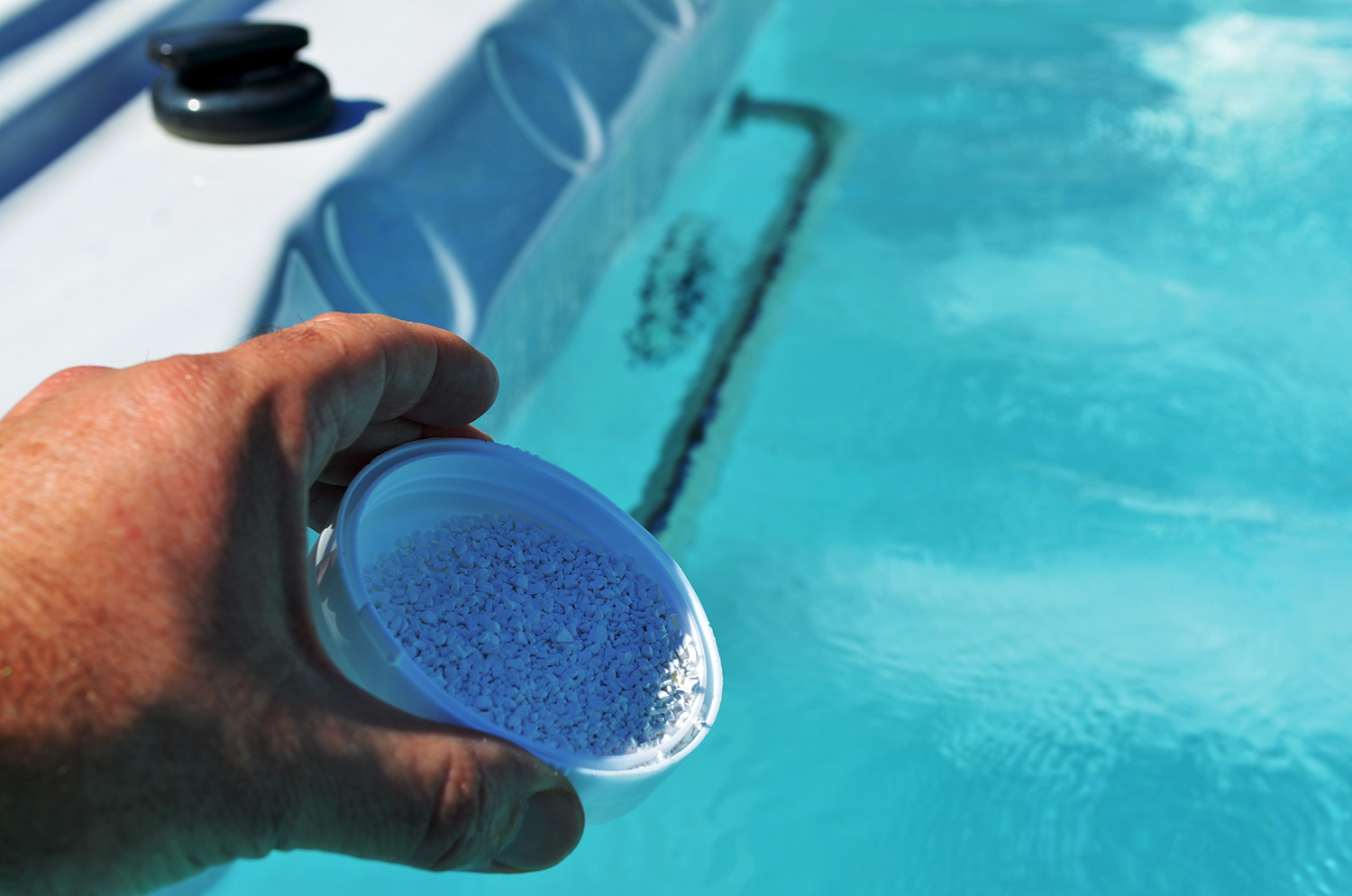
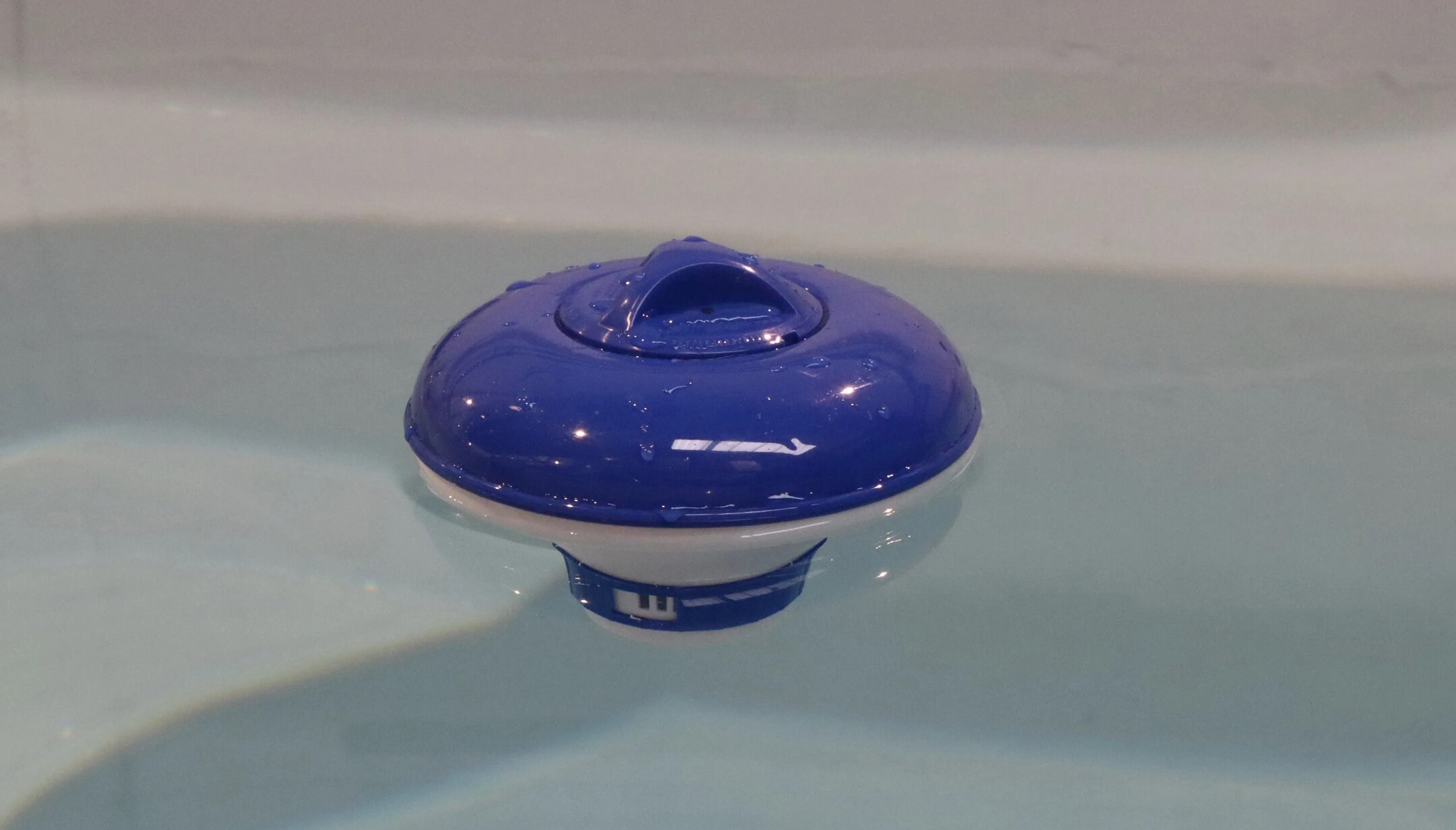
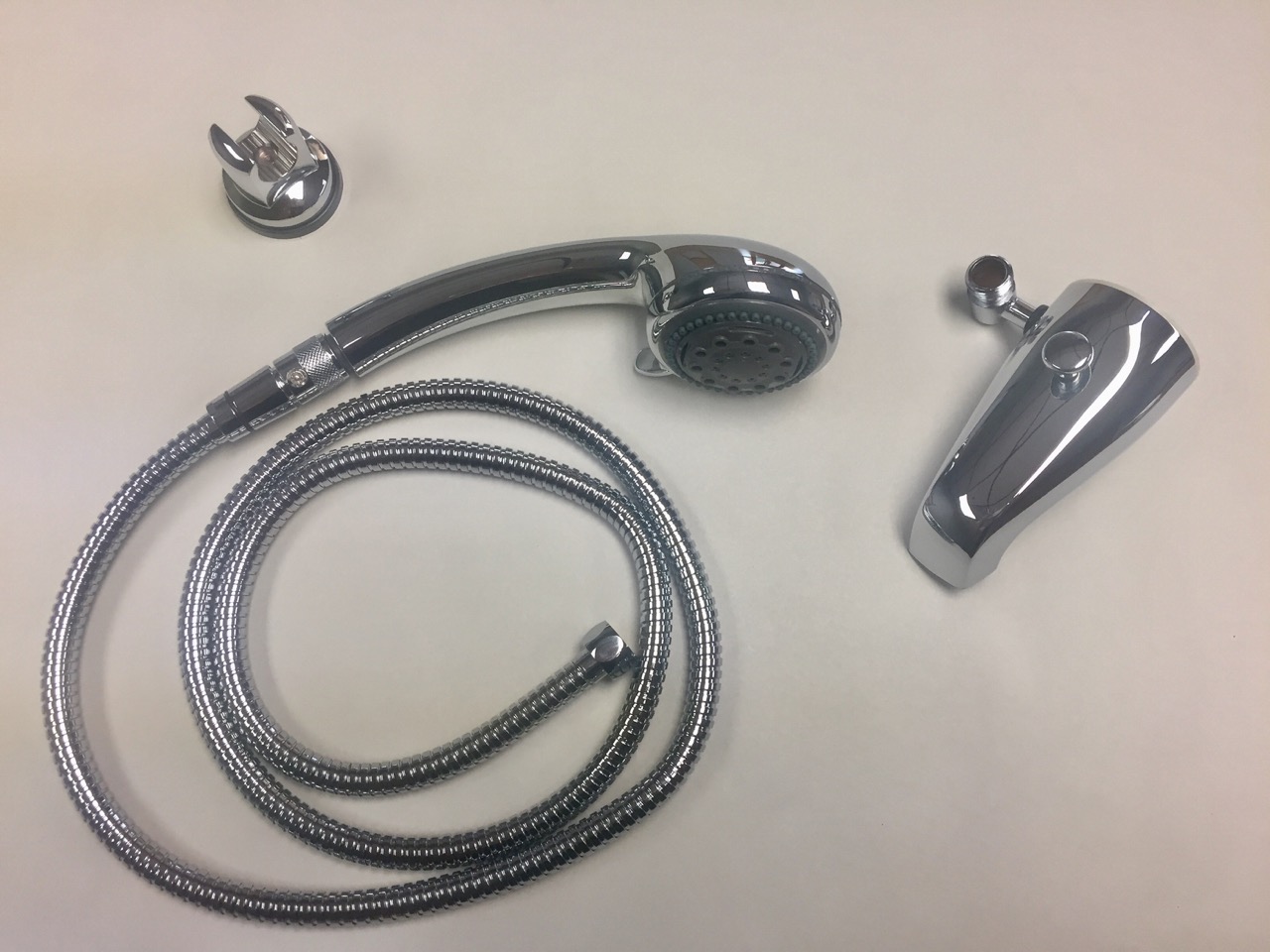
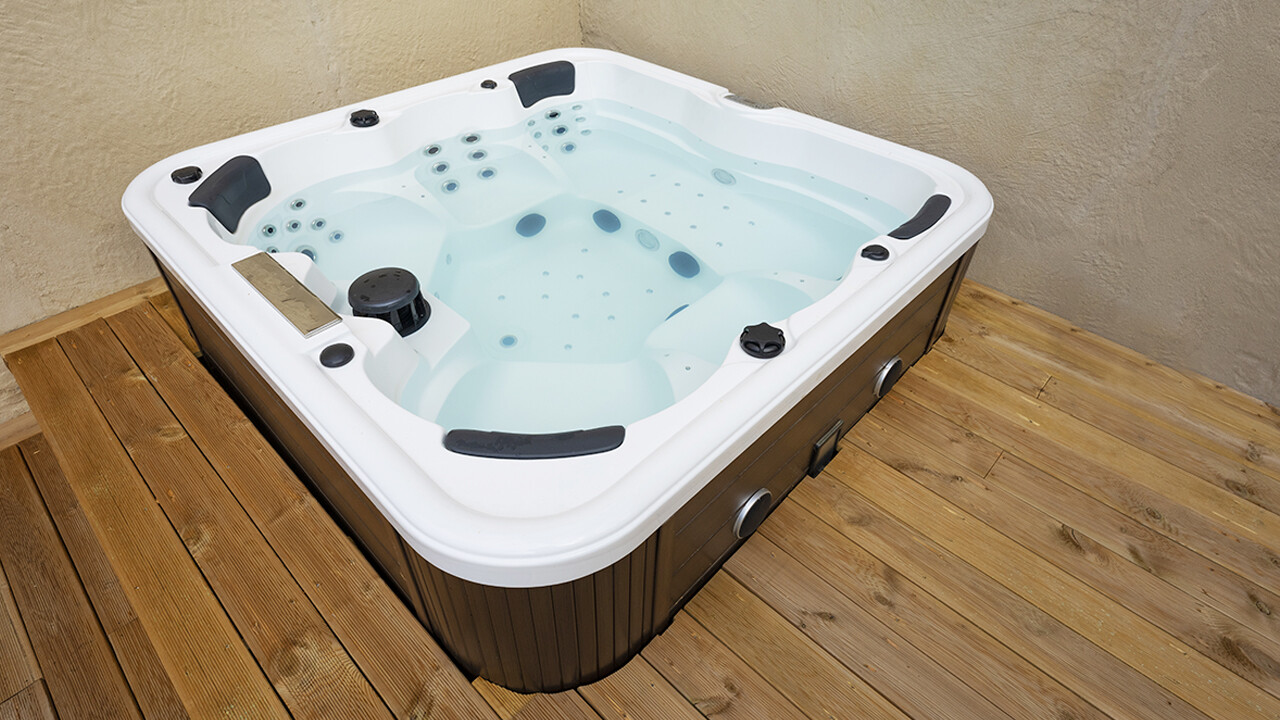
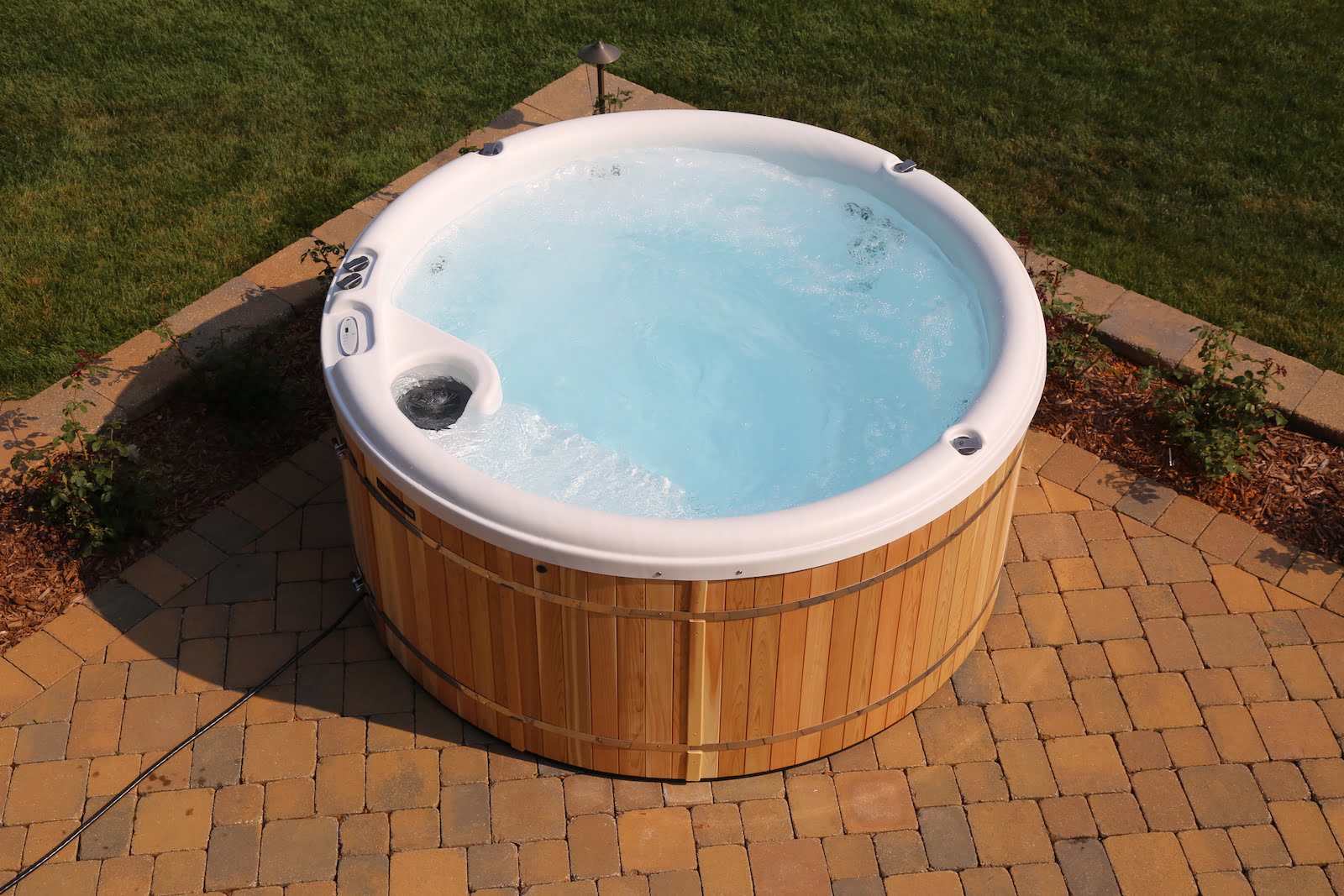
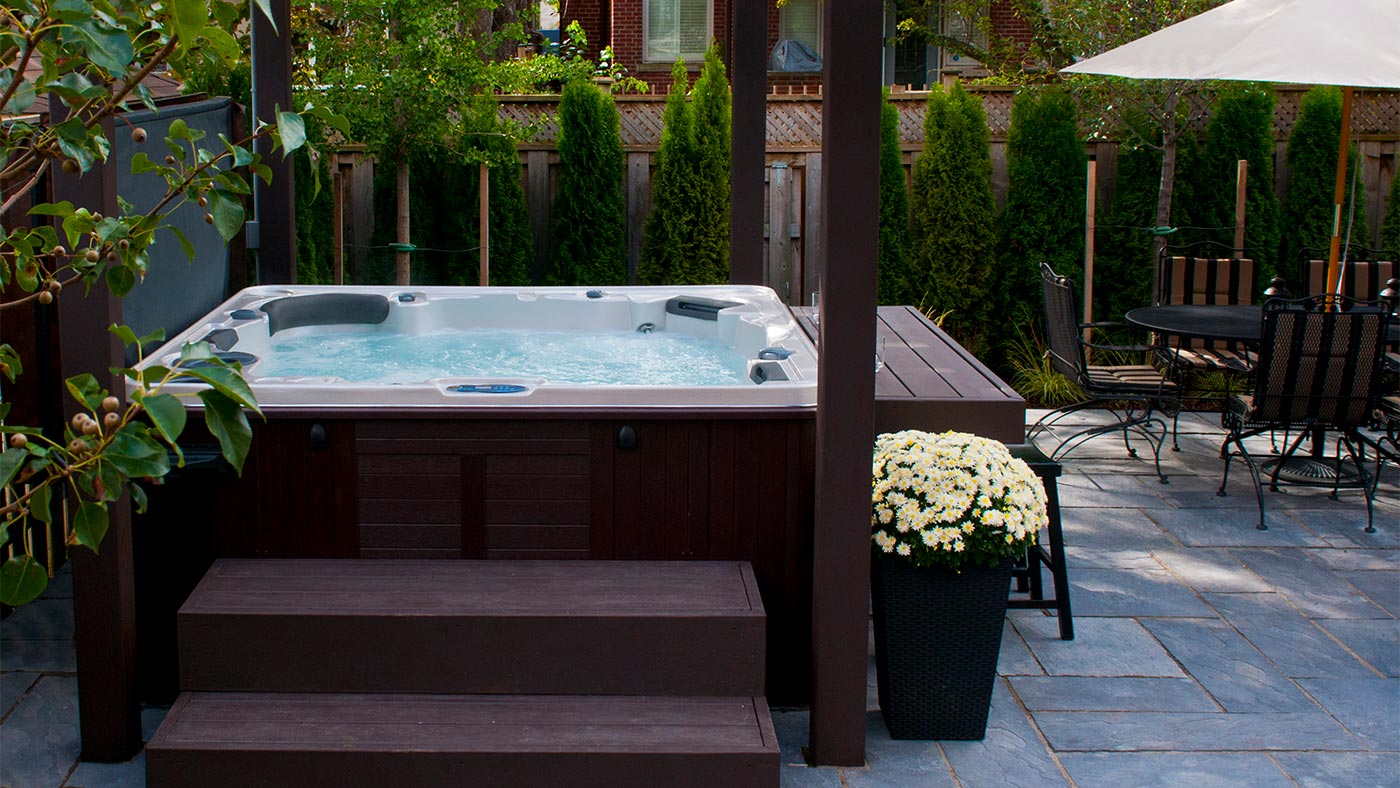
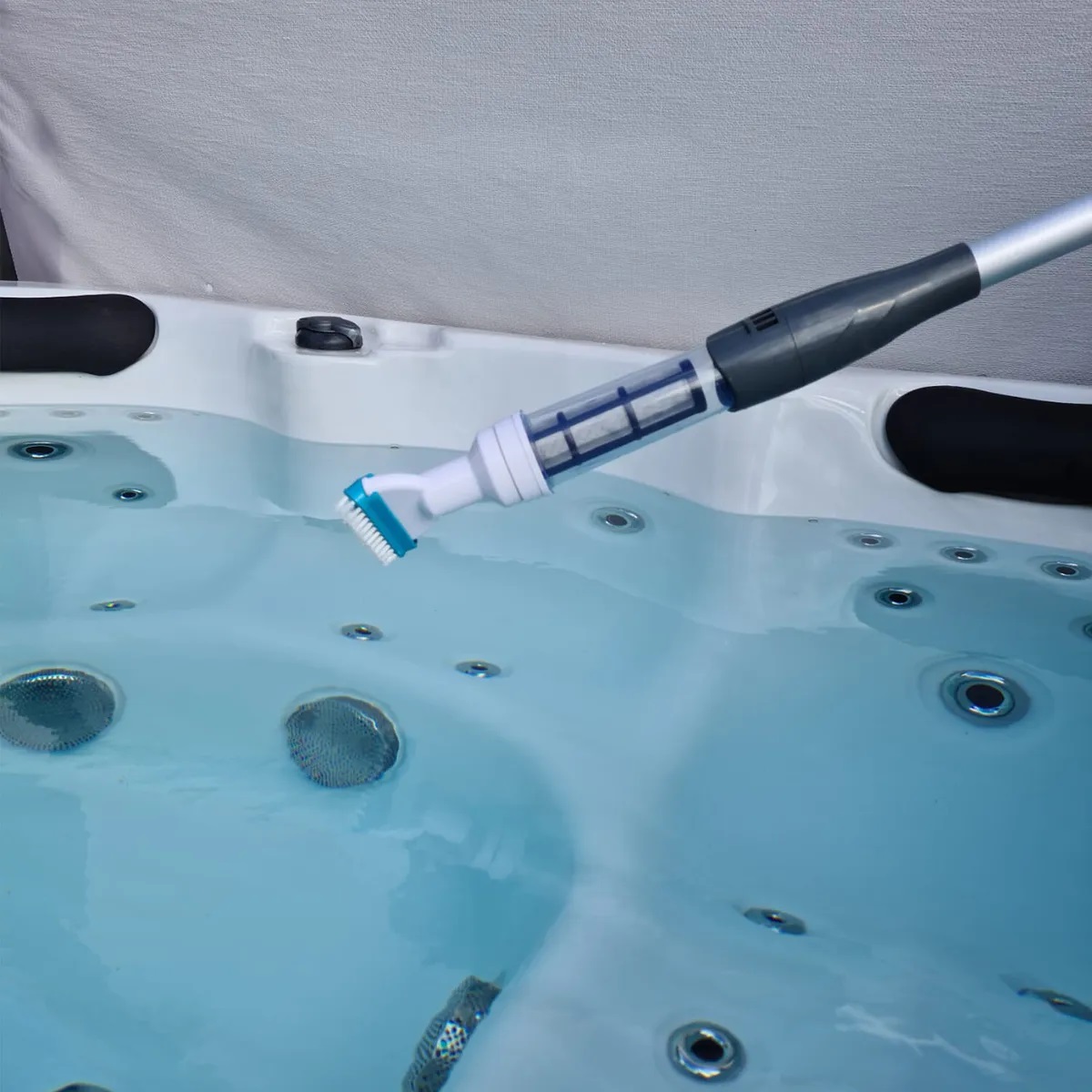
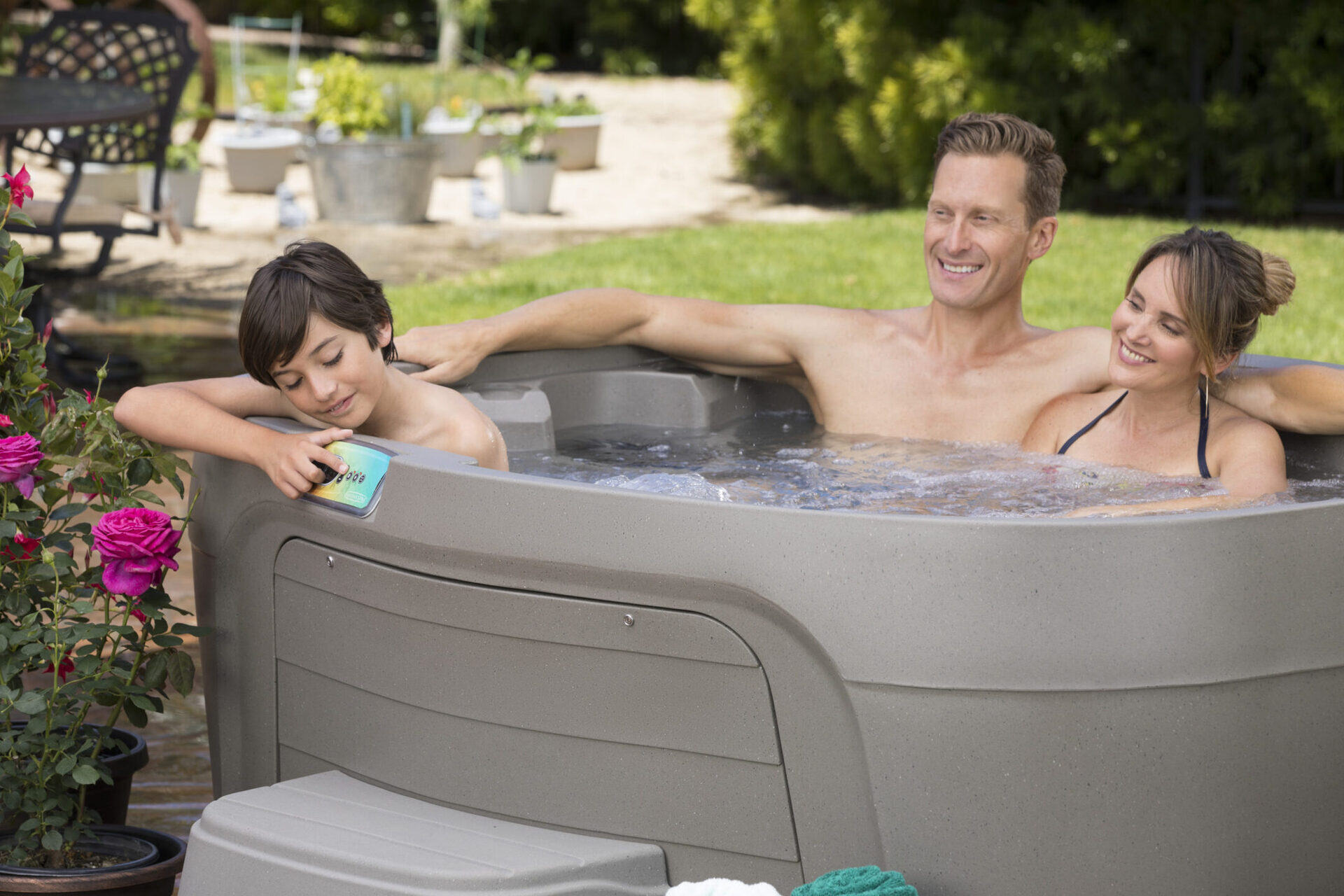
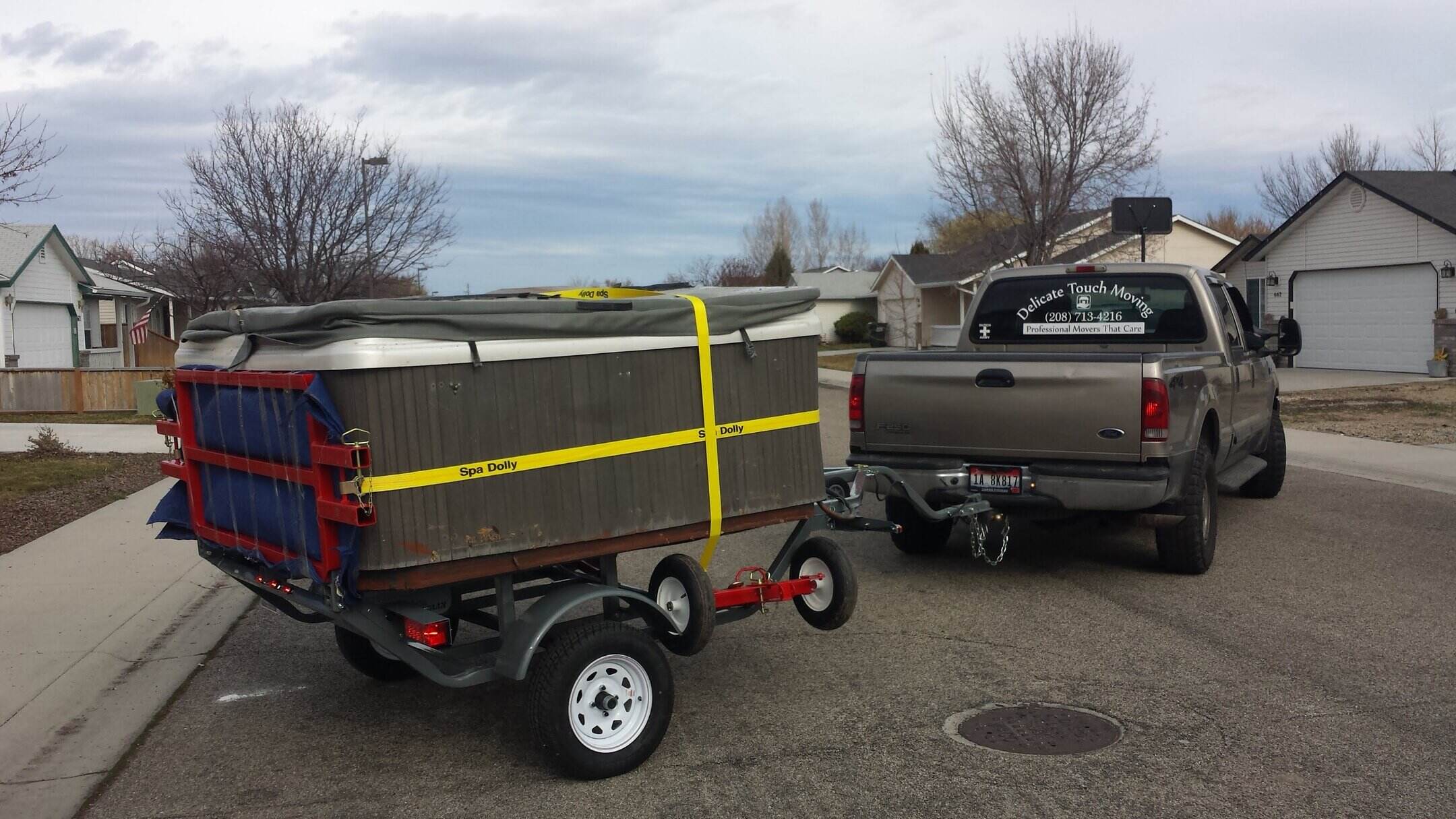
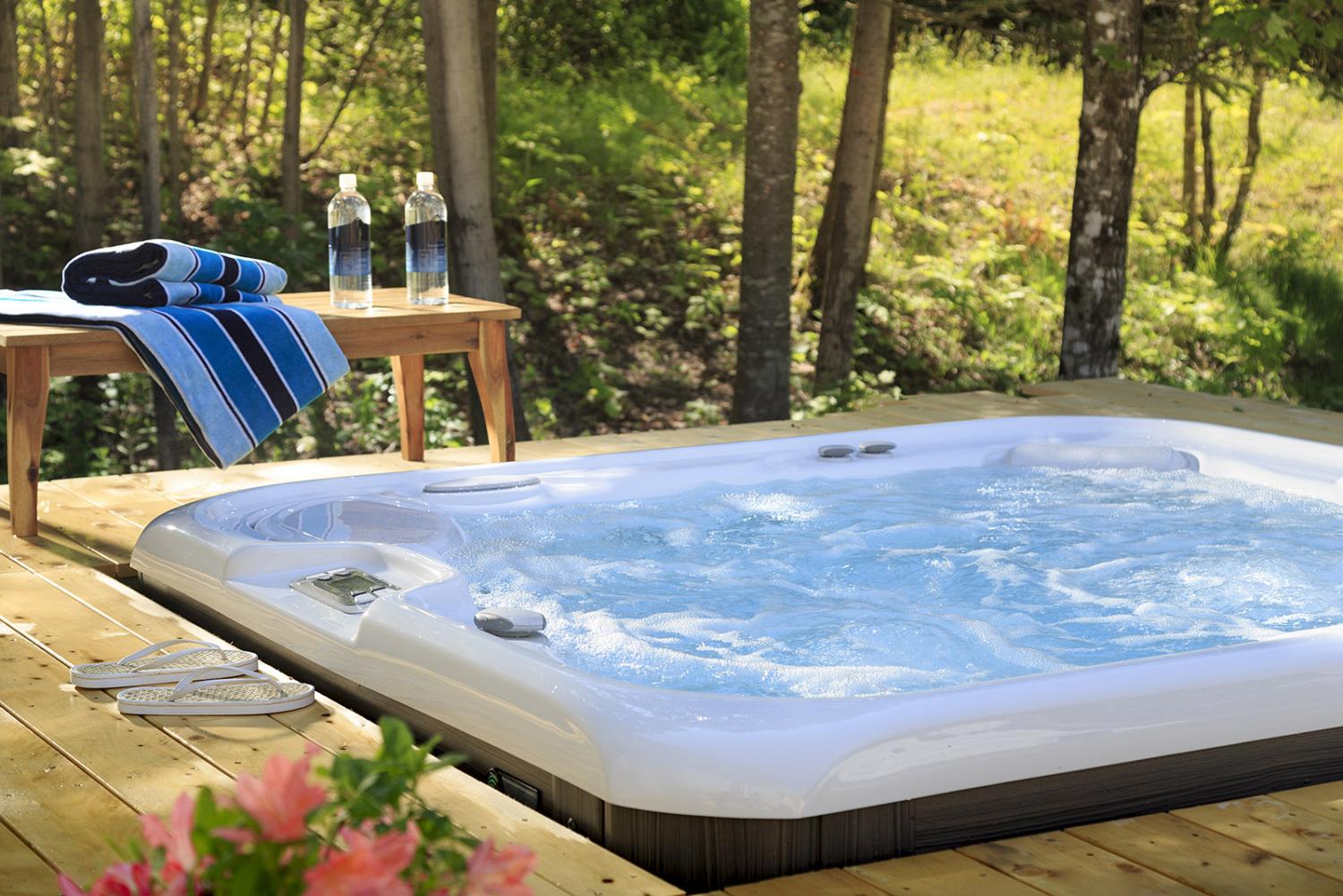
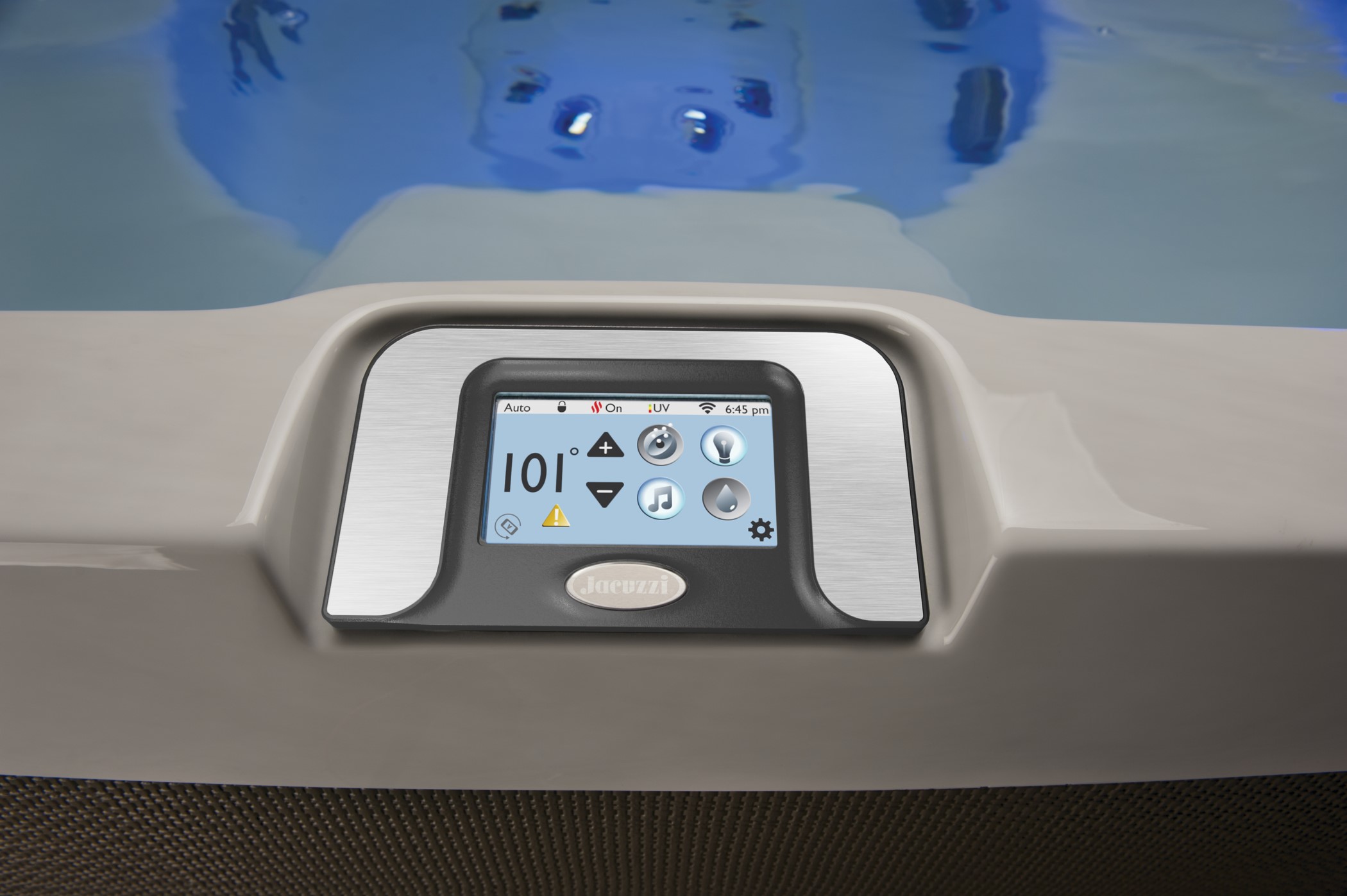
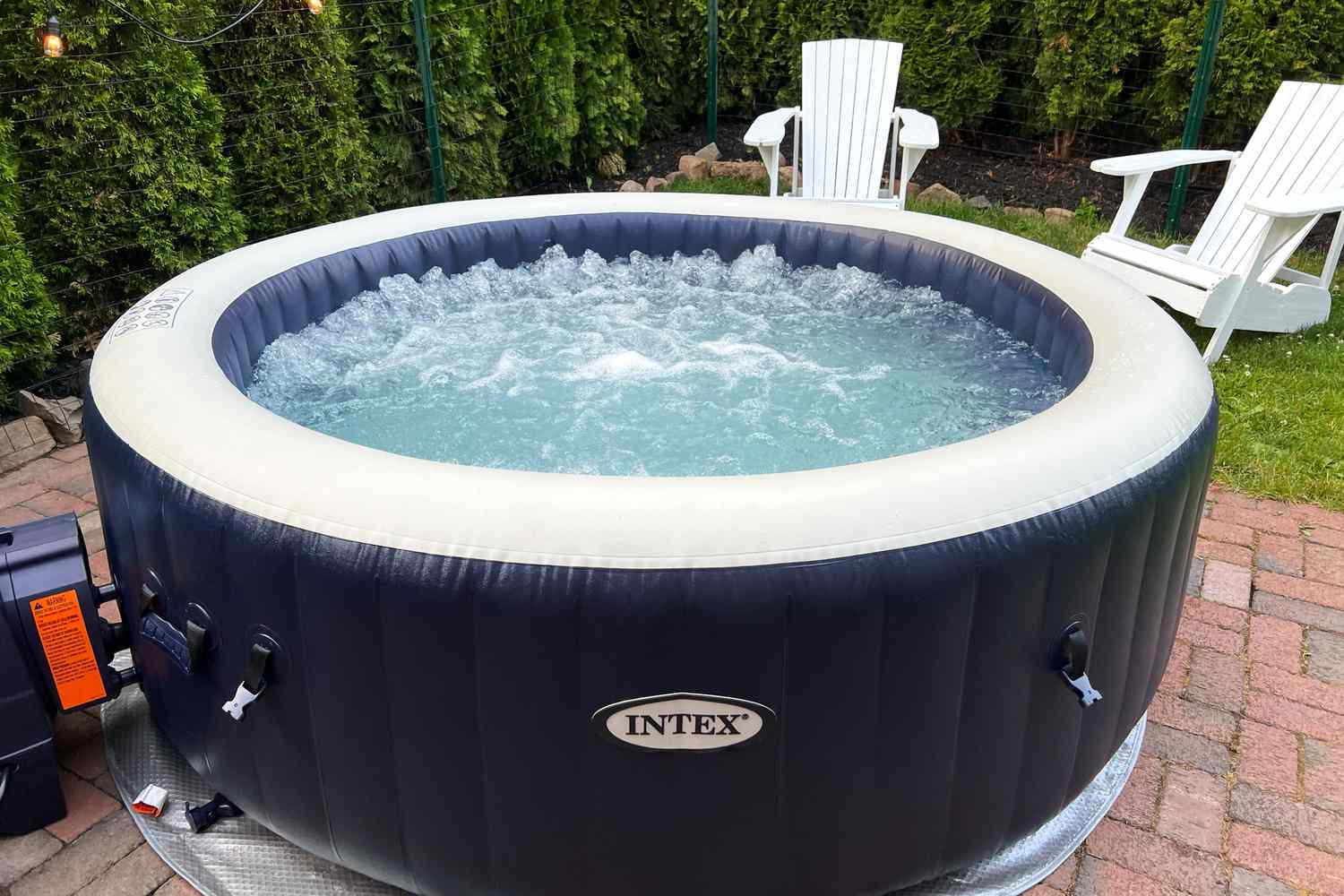
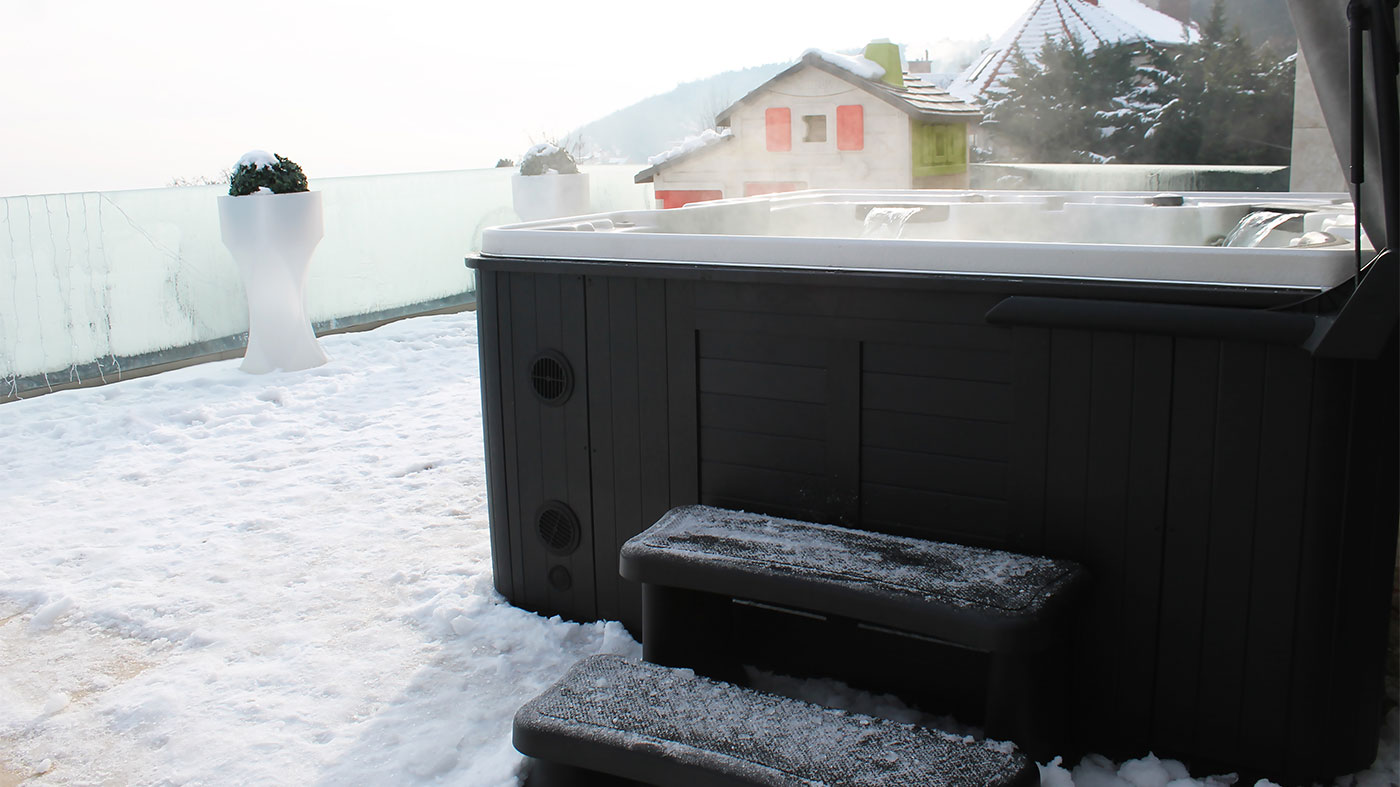

0 thoughts on “How To Add Hot Tub Chemicals”